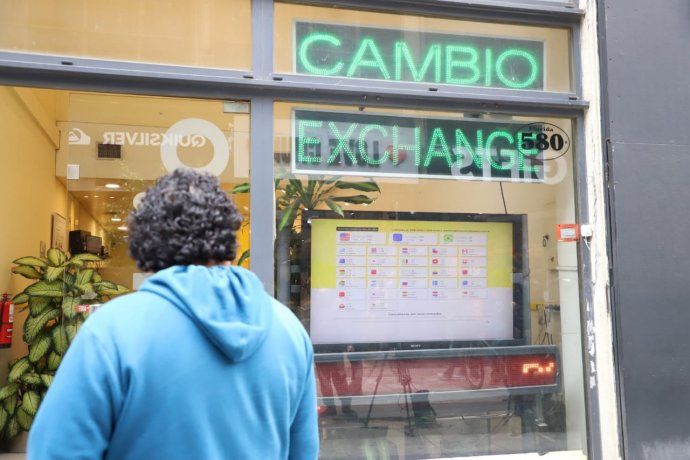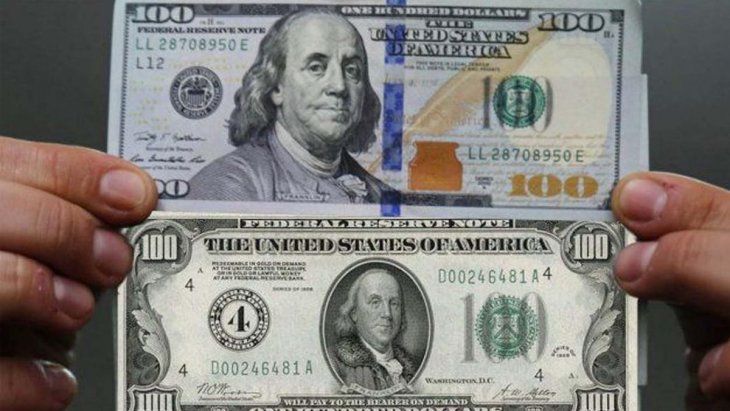The caves and exchange houses become strict and maintain their position in not accepting certain dollar bills. What are the reasons?
At the beginning of 2024, the blue dollar accumulated a rise of $15 and reached a new historical maximum in Argentina. However, despite the fluctuations of the informal currency, it continues to be one of the most required investment tools. The most common way to acquire dollars is through exchange houses, which maintain a series of restrictions regarding the types of notes.
The content you want to access is exclusive to subscribers.
The United States Federal Reserve (Fed) repeatedly clarified that all dollar bills are valid, but from the illegal market they estimate that those with “small face” and “medium face” will disappear and, for that reason, they do not have the same value.


Dollar – Exchange Houses – Cuevas.jpg

Ignacio Petunchi
What are the dollar bills that no one wants in Argentina?
Financial institutions and exchange houses usually reject small or stained dollars for security reasons, since most of these bills do not have the latest security measures.
Although the United States Government has already clarified that all dollars in legal custody have the same value, regardless of when they were issued, in the Argentine blue market they accept them, if they wish, but with a decrease of between 4% and 8% in its price.
dollar face big girl.jpg

dollar face girl
They are the US$100 bills issued between 1914 and 1996. They are recognized as “small face”, since the figure of Benjamin Franklin appears within a very small oval frame.
Medium face dollar
These are the banknotes issued from 1996 to 2013, whose paper is green and the portrait of Benjamin Franklin is much larger in the “small face” edition.
Source: Ambito




